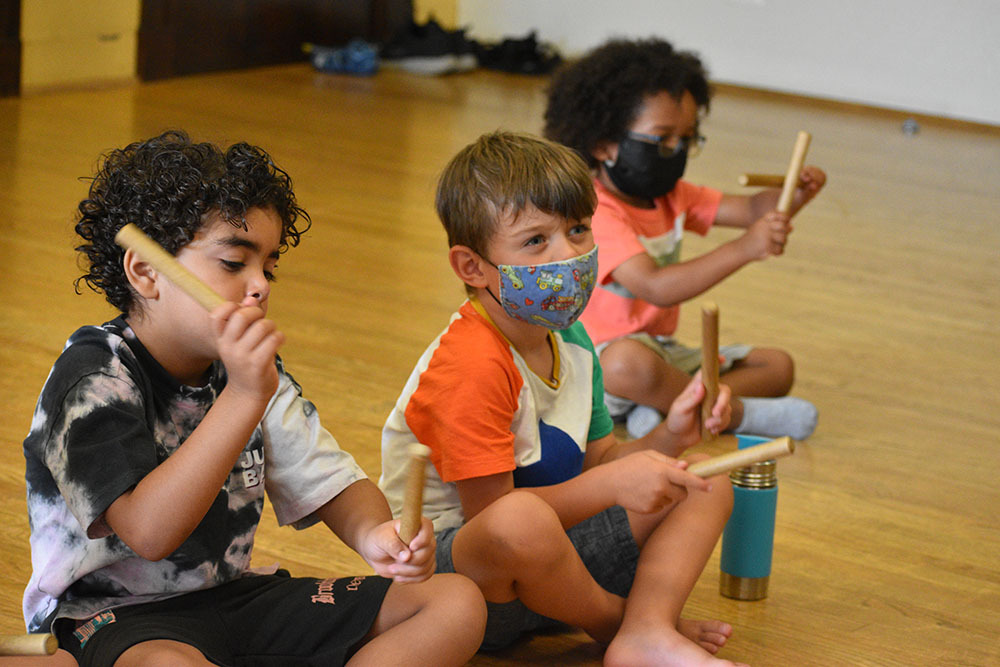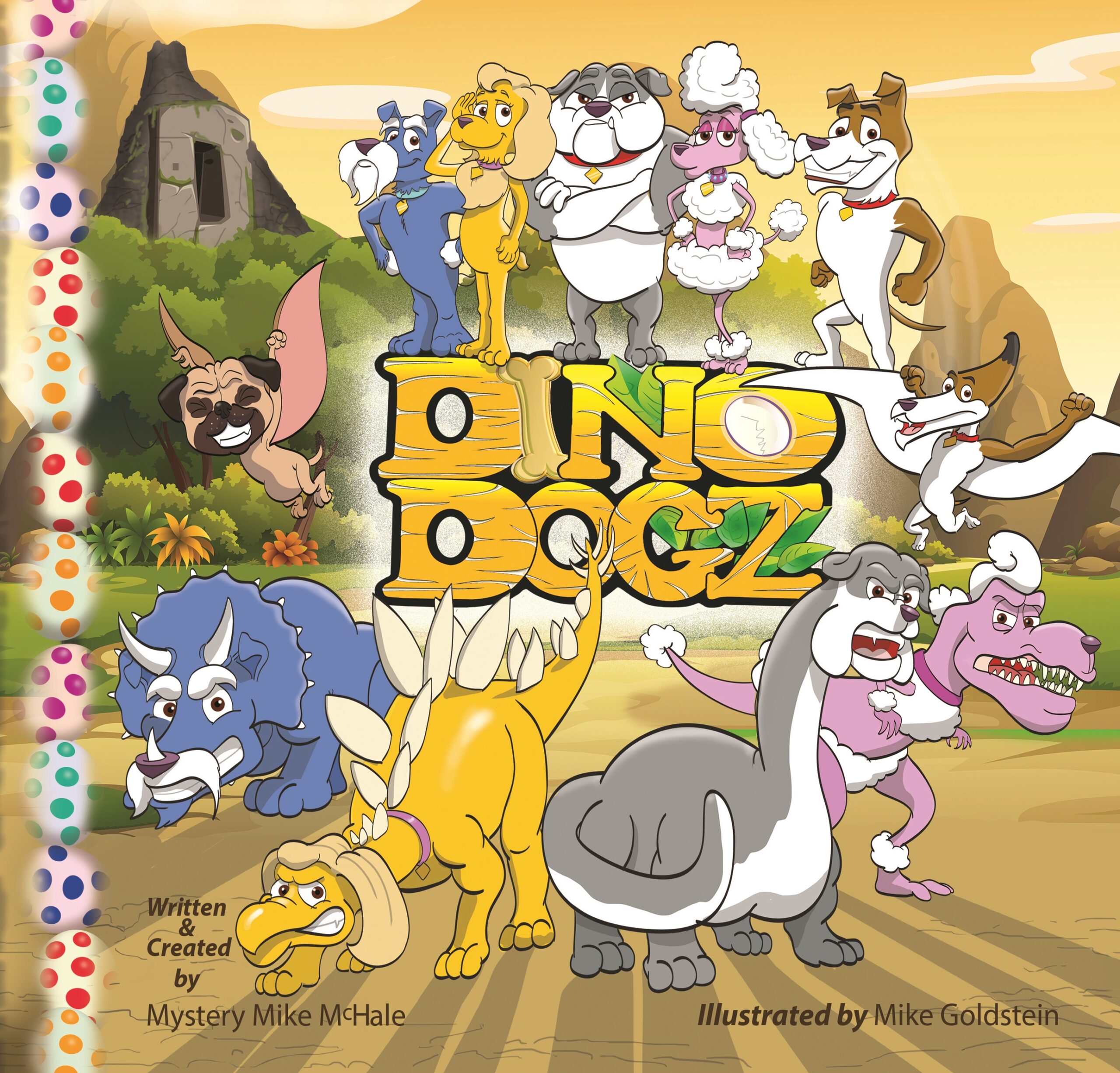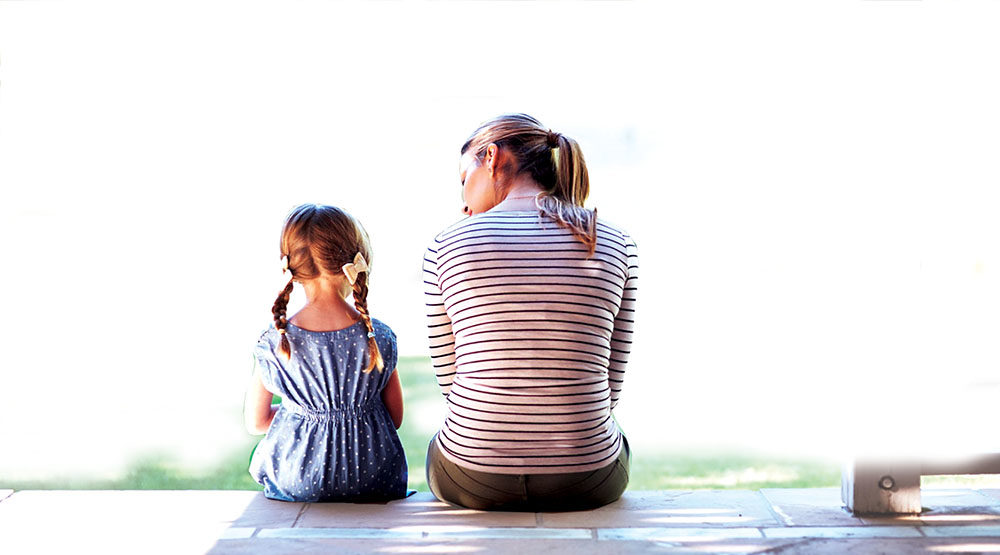Can you teach the Montessori way to a toddler? Or a baby?
Local Montessori instructors say yes. “Brain development happens rapidly before six years old, when the child’s brain is in its most plastic state,” says Unique Saunders, assistant head of school at Guidepost Montessori School at Laurel Oak in Voorhees Township, NJ. “It’s during this time when children develop foundational character traits that are much more difficult to change later on, like creativity, logical thinking, persistence, concentration, a growth mindset, and leadership ability.”
Proponents of the Montessori approach also tout the life skills it teaches even the littlest learners. “Montessori programs are all about fostering independence — so even our youngest toddlers learn how to pour themselves a glass of water or put on their own coat,” explains Kaitlin Briggs, lead Montessori directress at Neshaminy Montessori School in Trevose, PA.
The Montessori component comes into play as they’re doing things for themselves because teachers will never correct them. “If a child has put his shoes on the wrong feet, a teacher might ask how his feet feel but won’t correct the mistake — that way, the child has the responsibility to determine what he did wrong and how to solve the problem,” Briggs says.
Guidepost Montessori serves students from birth to 12 years. For toddlers, the program fosters their natural inclination to do things independently. “Students practice multi-step activities that build executive functioning skills as they problem solve, keep future steps in mind, and work towards a goal,” says Saunders.
Mixed-age rooms, individual plans
Montessori classrooms are mixed-age, but children are allowed to complete tasks with uninterrupted concentration. For toddlers, in particular, the ability to focus and concentrate on a given task through completion — as well as retrieve and return their own learning materials — is a primary focus of a Montessori-based program.
“Our teachers write individual lesson plans for kids, so there’s not one math lesson per day for a classroom of 17 students. There are 17 math lessons for 17 students,” says Annie Barrera, director of early childhood education at Holy Child Academy in Drexel Hill, PA. “This allows us to meet students where they are. Some of our toddlers don’t yet know letters or sounds, while others are starting to read, so these individualized lesson plans aren’t holding any child back.
“At the same time they’re not pushing other children too far and frustrating them.”
Holy Child is one of the growing numbers of programs that are Montessori-influenced, so the curriculum combines Montessori work with aspects of typical preschool classes. The program begins at age two. “Montessori-trained children do tend to read and write earlier than their peers, but the number one benefit of Montessori for small children is an early sense of independence,” Barrera says. “From a very young age, children learn what adults expect of the m and what they can accomplish on their own.”
Montessori for babies
Wilmington Montessori School in Wilmington, DE accepts children as early as 12 months. Even though they are babies and may not even be walking, they join a classroom that includes older toddlers where there is ongoing interaction and socialization, problem solving, and child-to-child teaching.
“The multi-age classroom is an important component of our program because it mimics the family unit while helping kids learn leadership skills,” says Sarah Williams, assistant head of school for Wilmington Montessori. “Three-year-olds still remember being little and learning new skills, like how to walk, so they often feel compelled to help our youngest students, while the younger children are emulating and learning from the older kids.”
Other Montessori programs, such as Children’s House of Philadelphia, start at 18 months. According to Mary D’Anella, executive director, the program is designed to empower their youngest learners. “We want them to learn how to advocate for themselves, we create a space where they’re heard and listen to what they have to say — even when they’re preverbal,” she says.
Gladwyne Montessori in Gladwyne, PA is one of a handful of programs in the area that provides an infant classroom. While babies may not necessarily be completing “work” like their toddler counterparts, the structure of the classroom always keeps Montessori principles at the forefront.
“A Montessori classroom focuses on language acquisition, so a teacher won’t just change a diaper, she’ll talk to a baby — say she must be feeling uncomfortable, here’s what we’re going to do to address it, here are the steps involved in changing the diaper,” explains Head of School Carrie Kries. “A baby isn’t going to necessarily understand those words just yet, but in time she will acquire the sounds as well as the steps and routine of diaper changing in a way that gives a child an understanding and respect for her own body and the idea that she has a say in how this all goes.”
Once a baby is old enough to stand, diapers are changed in the standing position so infants can see what’s happening and participate as much as they’re developmentally able. Kries notes that the infants in their program also do not use high chairs and they nap on tiny beds that are low to the ground, so they can access eating and sleeping areas independently.
“Rather than going through the motions of taking care of a baby, which is the primary purpose of daycare, the key ingredient of a Montessori program is developing the human spirit and celebrating the child for what he or she can do and all of the things they continue to learn how to do,” Kries adds.
“The confidence that children of any age can develop is unbelievable — when they’re physically manipulating something and learning that they can do it on their own and don’t need someone to help them, the joy on their face when they solve a difficult problem is the greatest thing in the world,” Barrera says.
Jennifer Lesser is a freelance writer from New Jersey.






